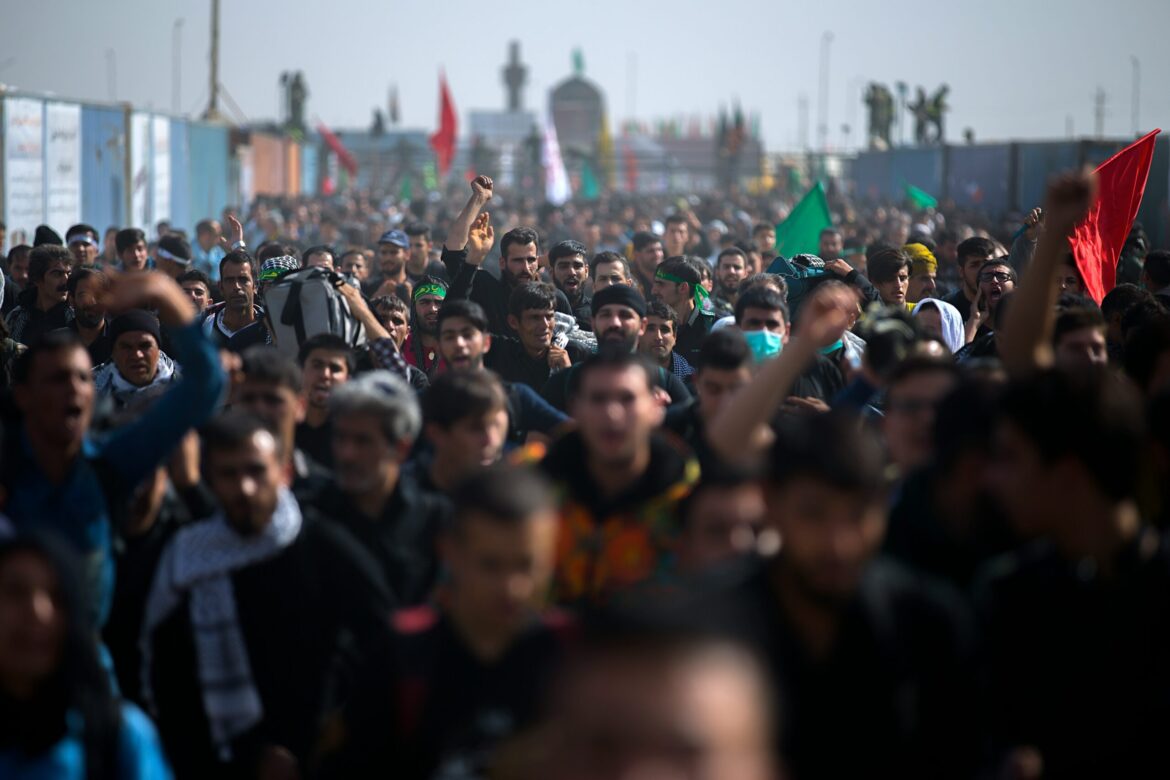By Tara Nguyen, Senior Correspondent
Gaza City, May 31, 2025 — In a significant move that could mark a turning point in the Gaza conflict, Hamas has responded to a United States-led ceasefire proposal by offering to release 10 living hostages and the remains of 18 deceased individuals. This exchange is proposed in return for the release of Palestinian prisoners currently held by Israel. The offer follows intensive negotiations and mediation led by U.S. envoy Steve Witkoff and is part of a broader proposal to de-escalate tensions in the region.
Ceasefire Proposal Details
The ceasefire plan includes a 60-day truce, an Israeli military withdrawal from the Gaza Strip, and unrestricted humanitarian aid access to affected areas. The agreement aims to provide immediate relief to civilians while creating conditions for a long-term resolution. This initiative has been presented as a structured roadmap to reduce hostilities and improve humanitarian conditions.
The proposal also includes steps towards rebuilding critical infrastructure, ensuring medical aid delivery, and facilitating safe passage for civilians trapped in conflict zones. Both sides are expected to halt offensive operations during the truce period, creating a window for diplomatic engagement and civilian protection.
Humanitarian Emergency
The situation in Gaza remains dire, with the civilian population suffering from severe shortages of food, clean water, medical supplies, and shelter. The humanitarian crisis has been exacerbated by ongoing military operations and restricted access to aid. Hospitals are overwhelmed, with some facilities functioning at minimal capacity due to limited resources and continuous security threats.
Recent attempts to deliver aid have encountered significant challenges. Convoys have struggled to navigate damaged infrastructure, while aid workers face risks from ongoing violence. In some cases, desperate civilians have intercepted aid shipments, underscoring the gravity of the need.
International aid organizations have repeatedly called for immediate and sustained humanitarian access. Efforts to air-drop supplies or establish maritime corridors have been discussed but remain logistically complex and politically sensitive.
Negotiation Dynamics
Hamas has been holding consultations with other Palestinian factions to deliberate over the terms of the ceasefire. Although the proposal has been cautiously welcomed, the group is seeking additional assurances, including guarantees for a complete Israeli withdrawal and mechanisms to ensure the continuity of aid delivery. There is also a push for a permanent end to hostilities rather than a temporary ceasefire.
Israel has indicated conditional acceptance of the proposal. However, Israeli officials have emphasized the importance of ensuring that any agreement does not allow Hamas to rearm or reorganize. The Israeli government has expressed willingness to release prisoners as part of the deal but insists on safeguards to prevent renewed violence.
Envoy Steve Witkoff has played a central role in bridging the gap between the two sides. His direct negotiation style and persistent engagement have been credited with advancing discussions further than previous efforts. His mission is backed by a coalition of international actors who are keen to see an end to the conflict and a start to the reconstruction of Gaza.
Regional and Global Implications
The ceasefire proposal has garnered international attention, with regional powers like Egypt and Qatar supporting the initiative. Diplomatic missions in the region have ramped up activities to support the ceasefire, recognizing the potential for a broader peace framework. A successful implementation of the deal could improve regional stability and serve as a model for future conflict resolution efforts.
In Washington, the administration sees this proposal as a pivotal moment. Officials have underscored the importance of seizing the opportunity to end a cycle of violence that has claimed tens of thousands of lives and displaced countless families. The U.S. has committed to monitoring the implementation of the ceasefire and ensuring that humanitarian aid reaches those in need.
Looking Ahead
As discussions continue, the outcome of this proposal could determine the trajectory of the conflict in Gaza. A successful agreement would not only alleviate immediate suffering but also lay the groundwork for a more sustainable peace. The release of hostages and prisoners would be a powerful symbol of reconciliation and a step toward rebuilding trust between communities.
However, much depends on the willingness of all parties to uphold their commitments and work collaboratively. The international community remains hopeful that this initiative can bring lasting change and finally offer a reprieve to a region long plagued by conflict.

